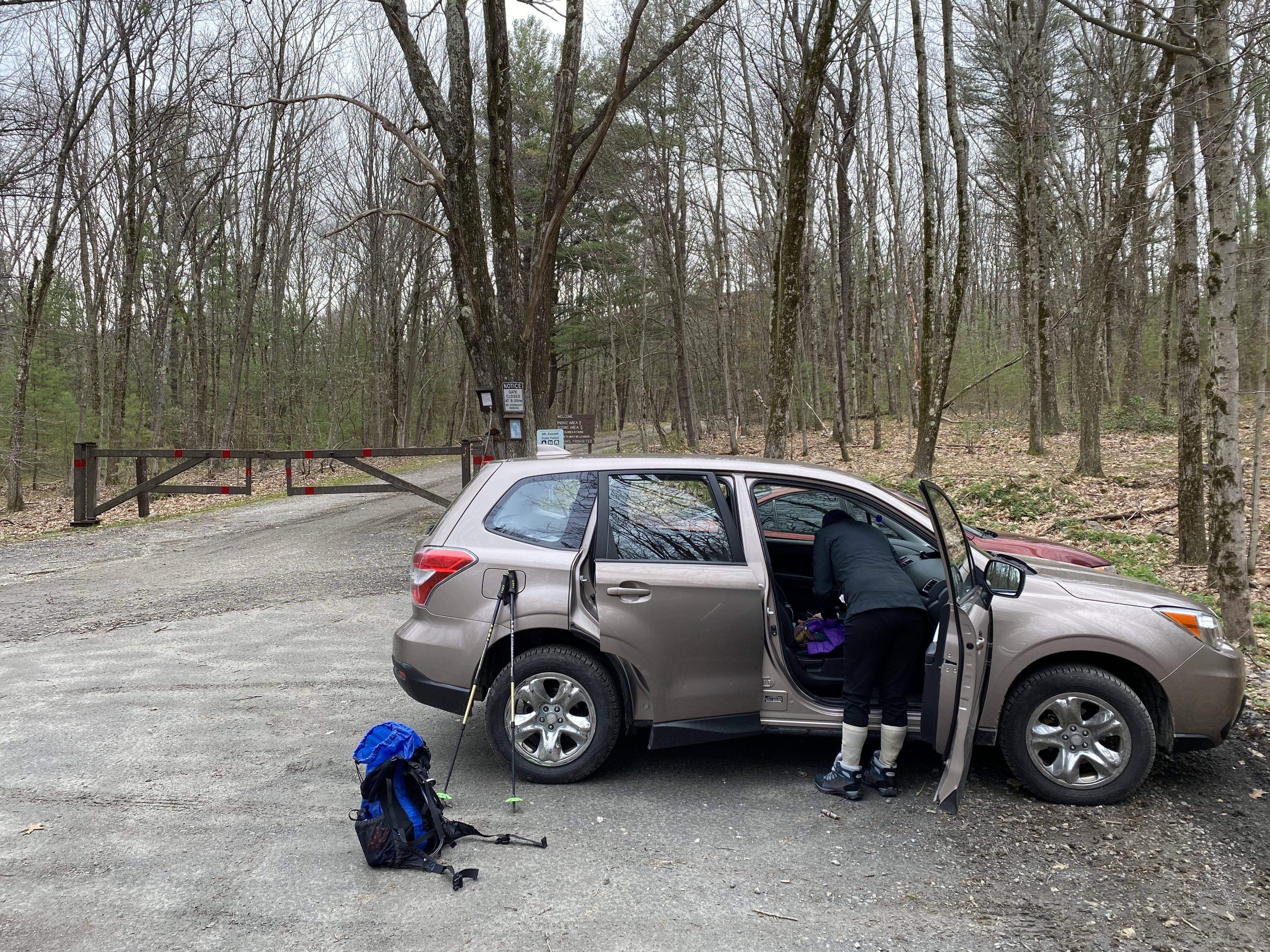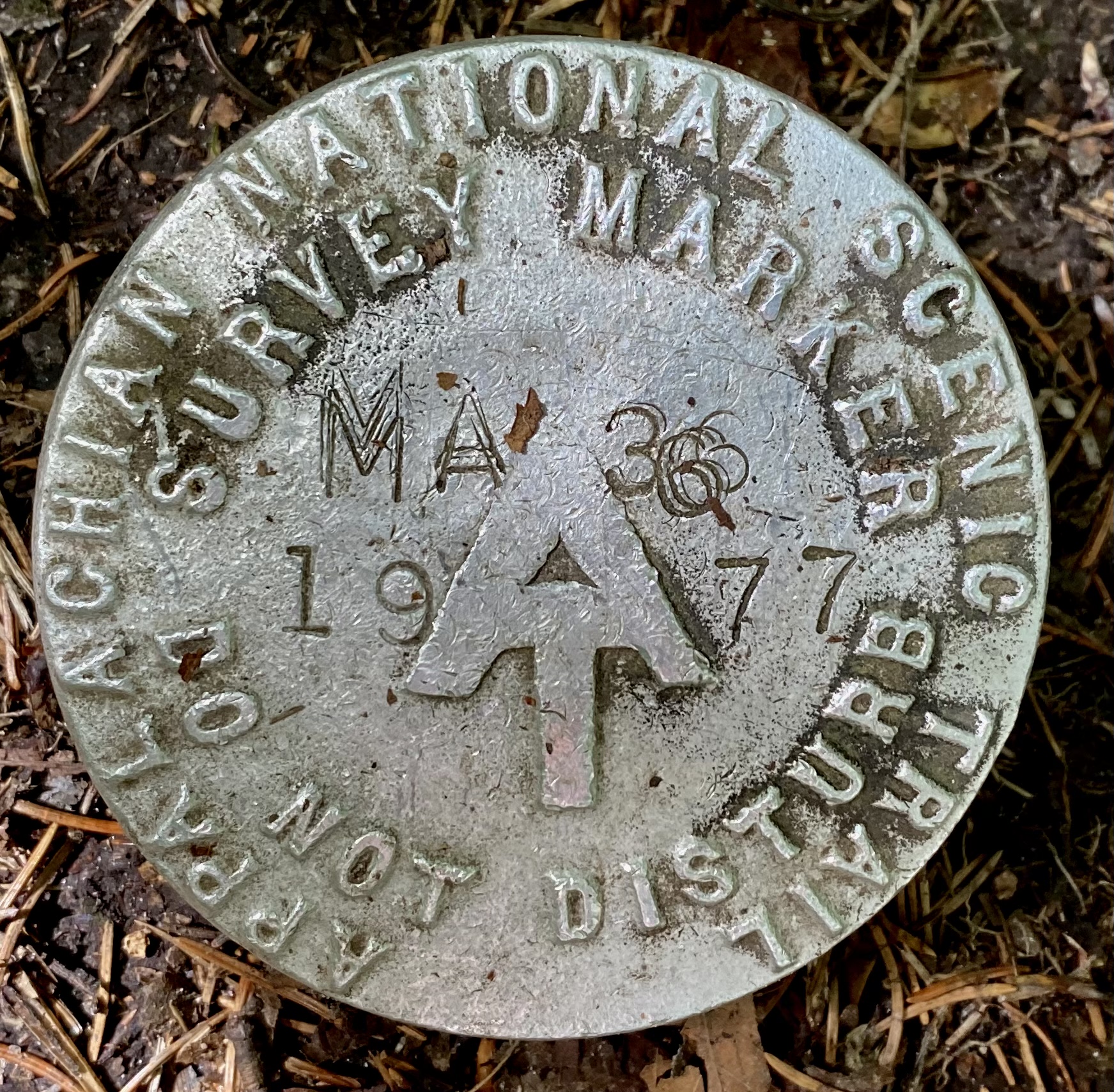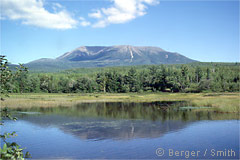I’ve been immersed in long-distance hiking culture for the last few weeks. When I’m not out section hiking on the Appalachian Trail, I’m planning, or checking the weather. When I’m not planning or checking the weather, I’m working on my next book, on hiking trails in the national parks (due out in spring, 2023). Even my church is involved: they have a daily-except-Sunday Appalachian Trail mission station, which basically means hanging out with and feeding the hikers. We’re in the middle of the thru-hiking bubble here in western Massachusetts. Except for the fact that I also teach a few students piano and am practicing in a rock band, it’s all hiking all the time.

But there’s no doubt that the leisurely section hiking we are doing is different than thru-hiking. I enjoyed my long distance hikes immensely. Section hiking is making me miss thru-hiking, but it has its own advantages.
Not everyone can take five or six months off to thru-hike a long-distance trail. Section hiking spreads the challenge out over years — exactly how many is up to you. “LASHes” — long ass section hikers — might do a long trail in just a handful of several-hundred-mile segments, hiking a month or two at a time. “SASHes” (you can figure out the acronym) might hike a week or two weeks at a time, or do a series of short hikes near your home and longer backpacks farther afield. Or you might have a friend or a significant other in a support van to meet you at road crossings and whisk you away to hotels.
So: thru-hiking or section hiking: Which one is best for you? That depends on YOU — but consider the following advantages and disadvantages of each.
- Section hiking makes hiking the entire Appalachian Trail for people with non-hiking families, jobs, or time restrictions.
- Thru-hikers only have to break in once; then they enjoy the benefits of being in tip-top hiking shape. Section hikers have to readjust to the trail every time they return, especially if they hike in short segments.
- Section hikers can bail out if the weather is bad — especially when hiking within driving distance (however you define that) of home.
- Section hikers can see each segment of trail in its best season: mountain laurel in southern New England, rhododendrons and azaleas in the southern Appalachians, summer in New Hampshire and Maine, autumn in Vermont. And they can avoid problem seasons: blackflies in Maine (early summer), summer heat in the southern and mid-Atlantic states, winter cold at the higher elevations.
- Thru-hikers are immersed in hiker culture and the hiking community — which can be a good thing or a bad thing, depending on how social you are. The northbound (“Nobo” in thru-hiker talk) start from Springer Mountain in Georgia is particularly popular in late March and early April and those who seek the peace and quiet of the wilderness may be disappointed. Section hikers and thru-hikers who choose less common itineraries can avoid the chaos of the start of the Nobo thru-hiking season.
- Planning for section hiking is a less daunting project: It’s much easier to buy and pack one week’s supply of food and other consumables at a time than it is to plan, pay for, and pack for an entire six months.
- Section hikers can be more lackadaisical about their schedules. They don’t have to reach Katahdin before Baxter State Park closes the mountain for the winter, and they don’t have to race to get to the post office to pick up their resupply before it closes for a long holiday weekend.
- Section hikers are unlikely to get the type of repetitive stress injuries that can lead to problems such as stress fractures. While Vitamin I (Ibuprofen) is a thru-hiker staple, I’ve yet to take a single pain pill in my admittedly low-key section hiking adventure this year.
- Thruhikers won’t be putting a year’s worth of mileage on their cars, or paying for shuttles between trailheads. Getting from one trailhead to another around a mountain can be time-consuming and expensive. Thru-hikers fly once, and then start (and keep) walking,
- Section hikers can (usually) fix gear malfunctions when they return to their own homes, where they have access to (and time for) shops and repair services. In contrast, a thru-hiker with a blown-out boot might find themselves in a small town many miles from a gear or repair shop.
- Thru-hikers have to guess which gear they’ll need to swap out as seasons, latitude, and elevation change. Section hikers can more easily adjust for each separate hike.
- Section hikers don’t have to leave their lives behind — nor find someone who will check on their homes, take care of their pets and cars, or send their food resupply boxes. But they don’t fully immerse themselves in the rhythms of life in the natural world for weeks on end. For me, this is probably the biggest difference, and I am finding that the idea of leaving my home life behind and living with the simplicity of what is in my very lightweight and stripped-down pack has an almost magnetic appeal for me.
Will what started as a half-assed tag-along with a possible section hiker evolve into some serious LASHes? Will I thru-hike another long trail? I’ll let you know when I do.

